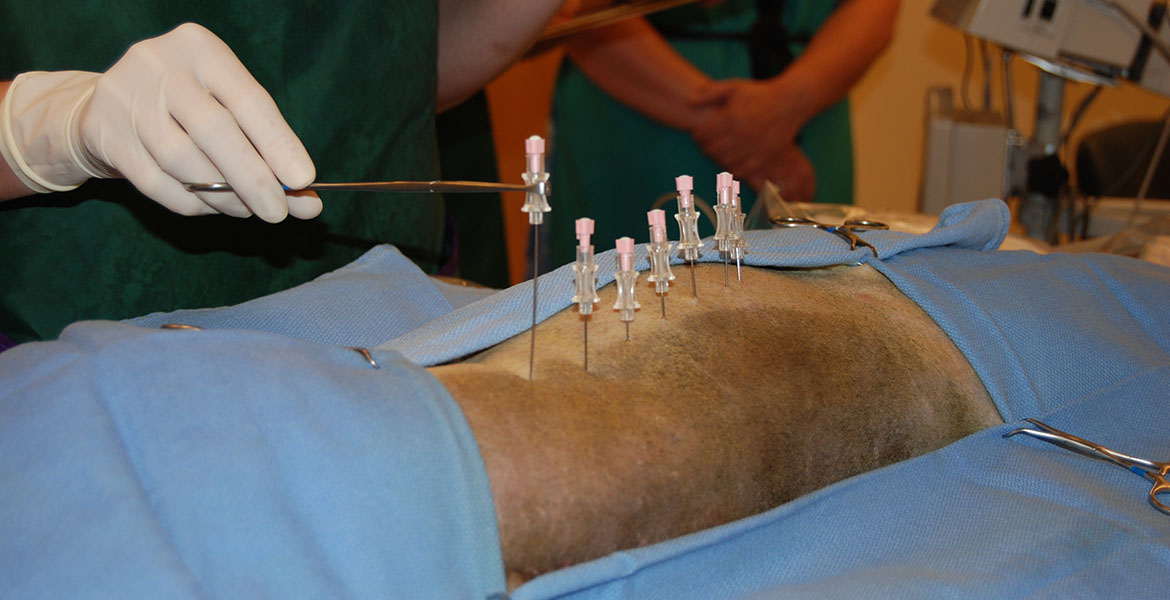
Back pain can hit dogs
Monday, November 18, 2019
You may have those days that your back severely hurts and you do not really want to move, or you feel a sharp shooting pain in your back, arms and/or leg? Your pet can experience the same problem.
Disk disease (also known as intervertebral disk disease or intervertebral disk herniation) is a very common problem that long-bodied, short-legged dogs, such as dachshunds, French bulldogs and basset hounds, can develop. They are not the only breeds to be affected, but they are definitely most likely to develop the problem. If you have a dog in your household, watch for clinical signs of disk disease.
Disk disease occurs when a disk, which normally lives between the bones that make up the spine, ruptures into the spinal canal. The ruptured disc pressures the spinal cord and causes pain — or worse, paralysis. The disk rupture occurs quickly and is not often a consequence of any certain activity, such as running, jumping, or playing. A disk rupture can cause severe neurologic deficits, such as the inability to walk, that may not be correctable without emergency surgery. Therefore, being able to recognize when your dog might be affected by disk disease will help you seek treatment quickly and be better prepared for what to expect.
A disk rupture can cause your dog to go from normal one minute to dragging his or her legs hours or days later. When this occurs, it becomes a significant concern that the disk rupture is permanently damaging the spinal cord. This permanent damage could paralyze your pet.
When you think a disk rupture has occurred, quickly take your pet to a local veterinarian or Oklahoma State University Veterinary Medical Hospital for an evaluation. Veterinarians can guide you as to the best treatment plan for the best chance of recovery.
Signs you can recognize that may indicate a disc rupture include your dog’s reluctance to walk or move, vocalizing when you try to pick him up from under the belly, reluctance to move the head in any direction, reluctance to climb stairs or jump on furniture, wobbliness/swaying of the body, crossing the legs over one another, stumbling when trying to walk, dragging or scuffing toenails, or dragging the legs completely. As soon as you notice any of these signs, seek veterinary attention.
Surgery is not always needed to help resolve the disk rupture. If the disk rupture is determined to be mild in severity (your pet can still walk strongly), crate confinement and pain medications can help resolve the rupture. However, if the dog shows the inability to walk strongly without swaying, stumbling, or dragging the legs, then surgery is the best chance to return your pet to normal neurologic function. If you have any question that a disc rupture has occurred, contact your regular veterinarian or Oklahoma State University at 405-744-7000.
